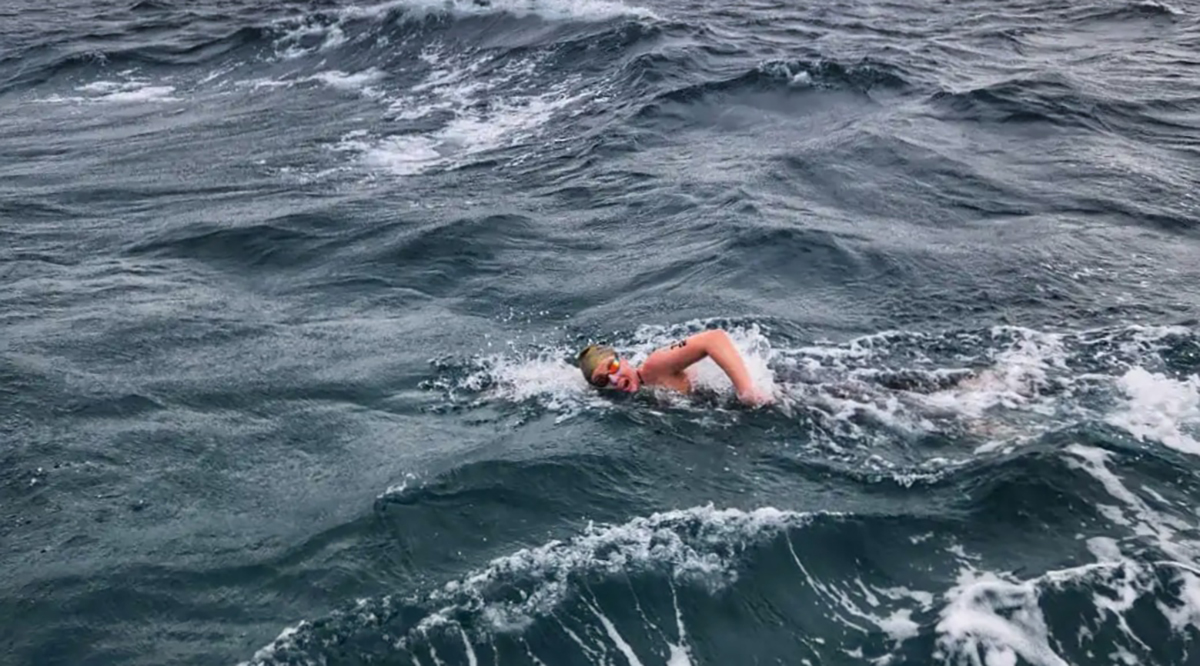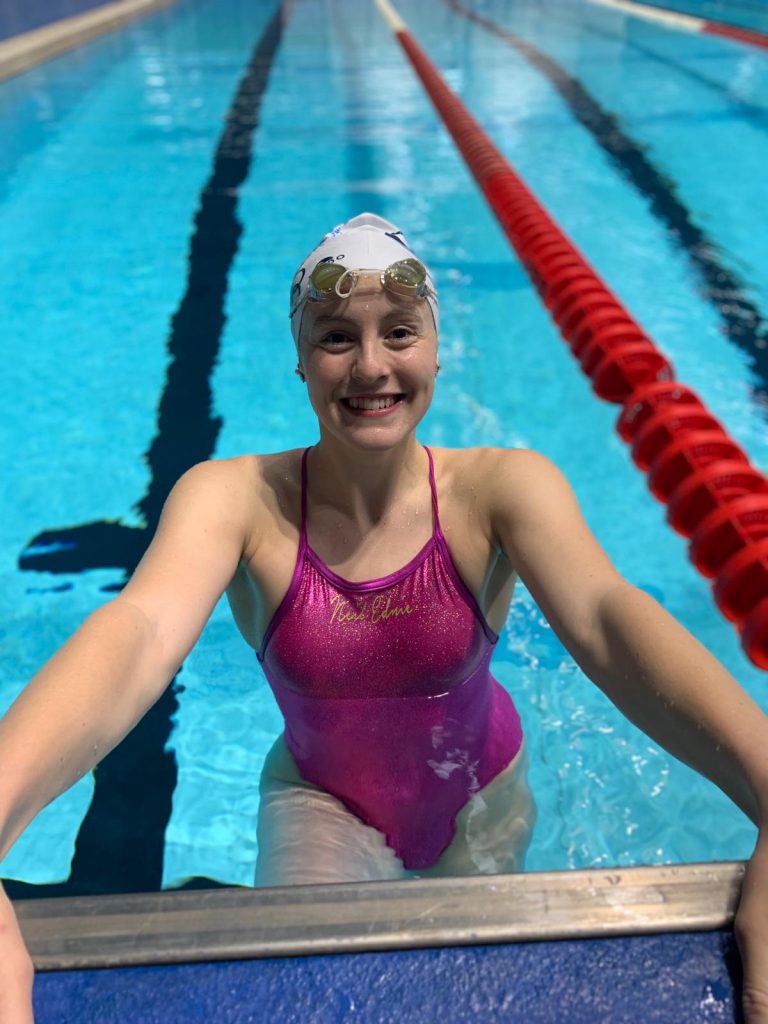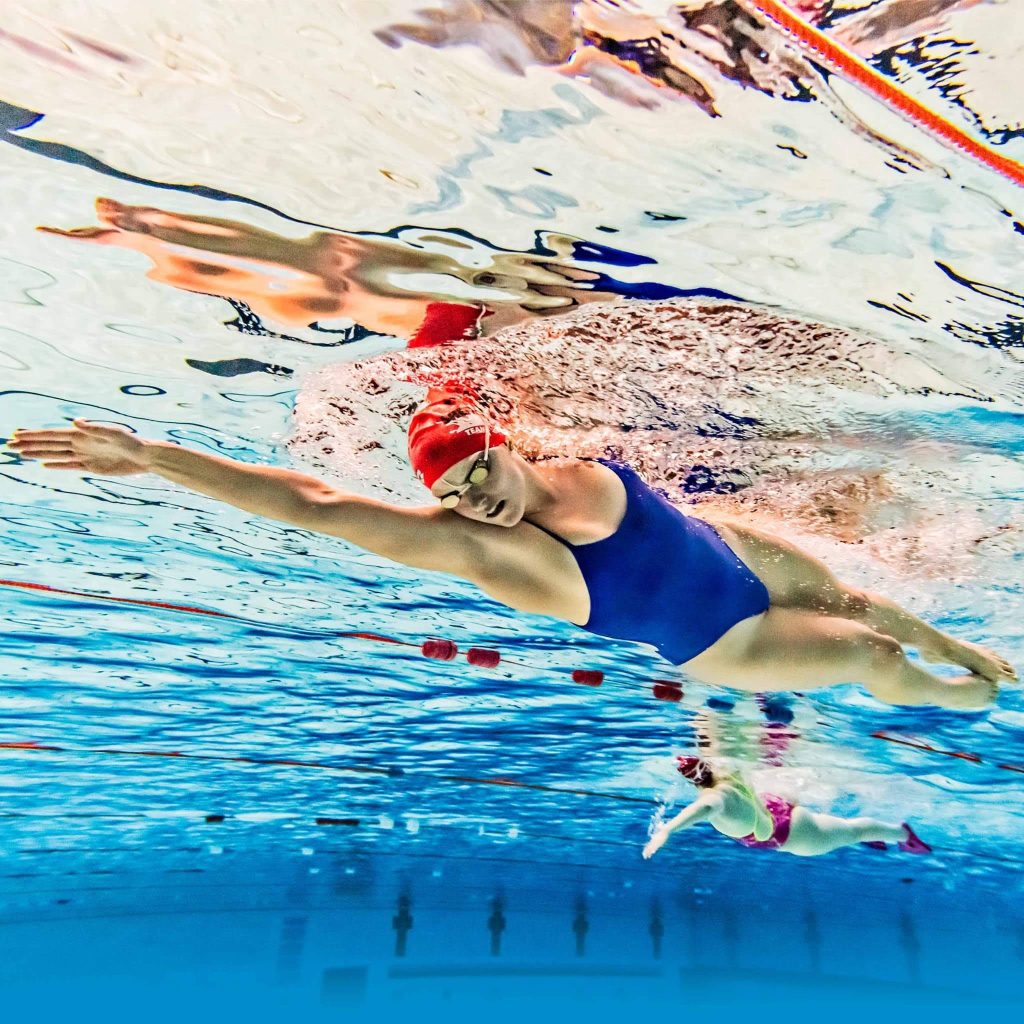
Amber Keegan: Swimming the Channel
Amber is a long distance swimmer and a PHD student studying green nanomaterials. Incredibly, she is about to swim the English channel in aid of Surfers Against Sewage, so we thought we’d catch up with her to find out more.
Can you tell us a little bit about yourself?
“I’ve swam competitively for almost 20 years now. I’m studying a PhD at The University of Sheffield. I love spending my free time outdoors, particularly in the Peak District, whether that’s swimming, by bike, running or hiking!”
How did you get into swimming and specifically long distance swimming?
“I started swimming because my parents wanted me to have it as a life skill so that I could be safe around the water. I joined a club because my parents had and, given that I really enjoyed swimming too, it made sense for me to also join the club so that I could swim at the same time as them.
I made Nottinghamshire’s county squad, Nova Centurion, at 9 years old and it progressed from there. For most of my career, I was a pool swimmer (400 Individual Medley), and it was this event that I won a European Junior silver medal for in 2013.
I’d wanted to try open water for years, but being injured, or ill, or clashes with pool competitions had always prevented me from doing it! When I failed to make the Birmingham Commonwealth Games, I realised I had freedom to do what I wanted with the rest of the season, and that meant trying open water swimming in 2022! I competed in my first 10 km in 2023, and several months after, I made World Championships in the event.
I’d really started to get excited by longer swims to do, and out of that came the idea to swim the channel!”

I’m intrigued about the swimming around a lake to qualify the channel swim. Was this to make sure you could swim far enough?
“It’s a combination of things – the requirement is 6 hours in 15.5 degrees Celsius or below. It’s to make sure you can swim for that long, but also tolerate the cold for that amount of time!”
How do you prepare for the channel swim?
“Mostly by swimming training in the pool. I’m training about 60 km per week at the moment, as well as two gym sessions and typically at least one other form of activity a week. I’ve been doing quite regular long bike rides too (around 80-100 km) to get myself used to just exercising for a long time!
It’s also about training my stomach to get used to tolerating taking on lots of drinks like energy gels, carb mix and hot chocolate etc that will make up my ‘food’ when I swim the channel. It’s quite unpleasant at first, but you get used to it!
I’ve been doing some cold water training, regularly swimming in water around the 15 degrees mark without a wetsuit. I also swam (most of the) Rottest Channel before the event got called off, and the Strait of Gibraltar this year, both of which were long swims to help prepare me!”
How long do you expect it to take?
“It depends on so many factors: the weather, the tides, me! If I’m around the 8 hour mark, give or take, that would be awesome. But realistically, I won’t know until I finish!”
From a pollution perspective, have you regularly come across sewage whilst in open water?
“I was at the Olympic test event last year in Paris, where people had come from all around the world to race… and it got called off because so much sewage had been dumped in the river! So that’s a pretty big example.
I’ve actually been lucky not to have gotten ill from sewage, but that’s partly because I’ve had to avoid doing a lot of open water training so that I’m not exposing myself to the risk of getting ill. As elite athletes, we have to be conscious about our health to not be missing training through illness.
Everything we add in is on a basis of risk versus reward, and sadly the risk of sewage dumps often outweighs the rewards of getting a river swim in. I’ll sometimes choose my swim locations based on the likelihood of sewage being recently dumped, which is pretty gross and sad really! Even if we’re not aware of it, we have all been unknowingly swimming in some concentration of sewage at times, and that’s concerning for all of us.”

Can you tell us a bit about your PHD, as well? It sounds fascinating!
“So my research group focuses on green nanomaterials, and I’m specifically working on silica.
Silica nanomaterial is used in lots of commercial products, including car tyres. Currently, in industry, it’s made in a way that’s pretty bad for the environment: it’s really energy intensive and with lots of nasty waste products.
My research looks at how we can understand the formation and use different synthesis conditions to try and work out how to make better silica, with the properties industry needs.”
Good luck Amber, you can follow her progress on our Instagram as we’ll give regular updates. She is raising money for SAS here –
